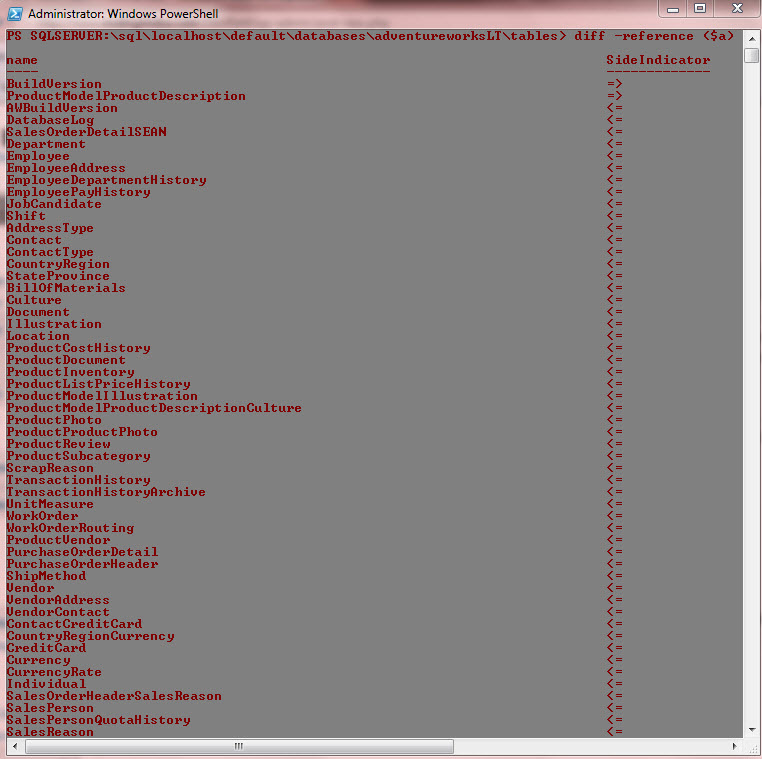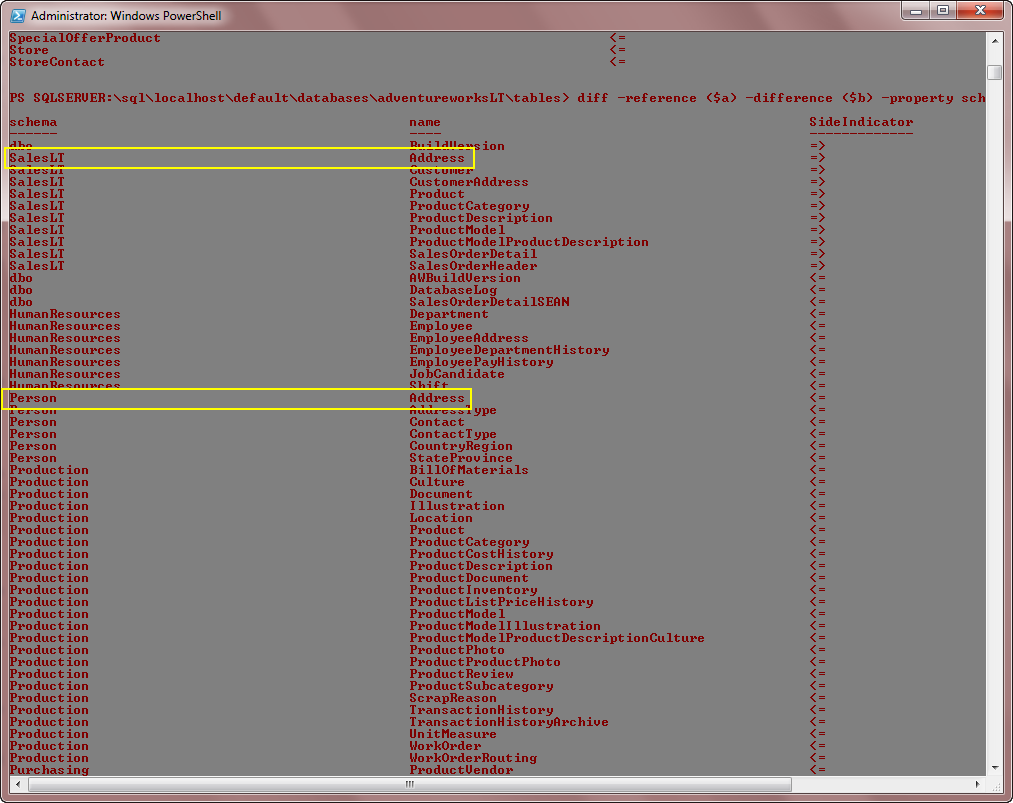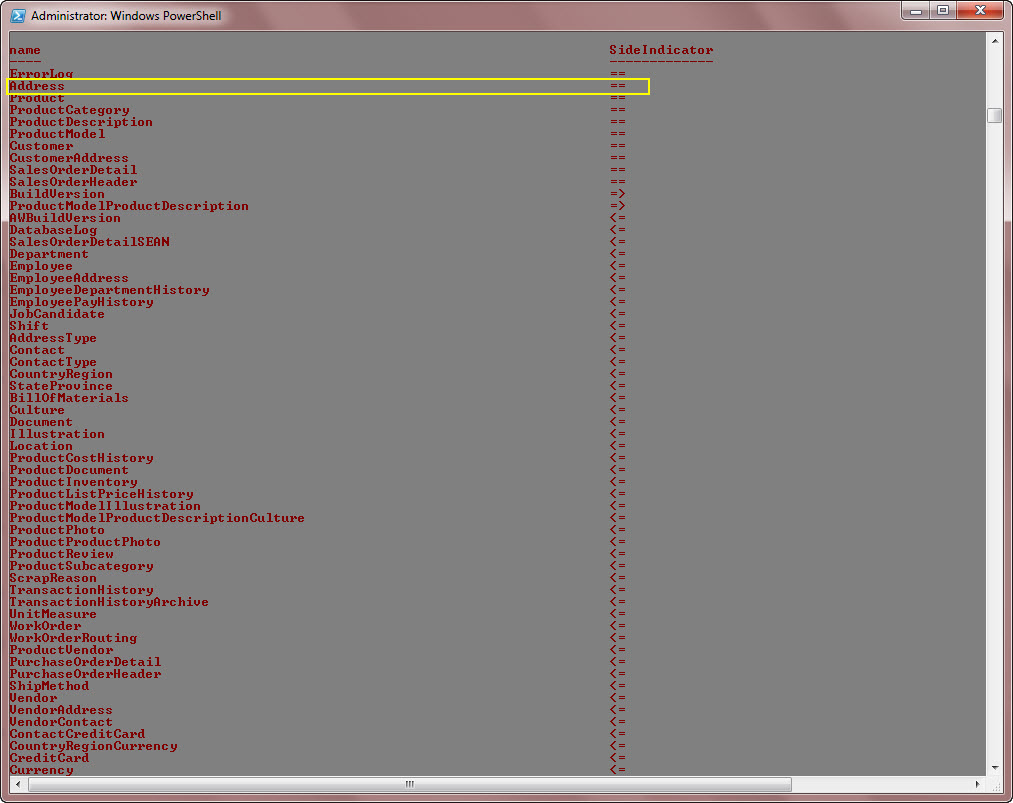 Today’s keynote with Quentin Clark starts at 8:15am EDT. Click here to watch today’s keynote live. For information on today’s keynote (“a demo-packed adventure across SQL Server solutions that span traditional boxed software, appliances and cloud”) see the SQLPASS.org page on Keynotes.
Today’s keynote with Quentin Clark starts at 8:15am EDT. Click here to watch today’s keynote live. For information on today’s keynote (“a demo-packed adventure across SQL Server solutions that span traditional boxed software, appliances and cloud”) see the SQLPASS.org page on Keynotes.
Ok, here we are on day 2 of the PASS Summit 2011. If you want to know about the first part of the keynote you can see that here.
Now, I know in my past post that they were starting on appliances and I wasn’t interested in writing about them, but they’re up on stage now pimping the hardware itself and the machines are very impressive-looking machines. It’s good to be Dell right now to be able to get your hardware on stage like that. I dind’t notice before but they’re also showing some HP boxes too, so it’s not gonna just be a big Dell-fest.
Talk about a big box though… the new HP has 2TB of RAM, 196 cores, and enough spare drives that “you won’t have to worry if one of your drives fails”. It’s their new internal cloud fast track, and that’s another blog entirely, but basically the internal cloud offering is this HP box that comes configured with Hyper-V, System Center, and some other cloud management stuff. It comes basically ready to plug in so once you bring it in the door you’re ready to start building cloud machines. Now, this is really just a big VM server that you spin-up VM guests in, so don’ t get too excited. It comes with some specialized mgmt stuff I believe, but overall you could do all of this yourself if you prefer.
Now, the really cool part of this for me is the new ODBC drivers for linux for CDC and Oracle. What this means is that now you’ll be able to pull data out of the Oracle logs themselves, and put them right into your SQL Server DB. So you can literally use CDC with Oracle now.
Now Michael Rys is on stage talking about semantic search. I don’t really know enough about it to put into words what he’s doing, but I’ll just say that it’s really cool. I know that’s a lame description, but it’s almost the best I can do. I will describe one thing though. He ran a semantic search against a folder of pdf docs he had and the semantic search was smart enough to know the general subjects of the books, and only showed him the titles that met his criteria. There’s a lot that goes on behind the scenes there that I can’t speak to, but I do know enough to get a sense of what a leap that is for search.
Now we’re talking about SmartTVs. I’m not sure why yet though. Oh, I see, they’re on Azure to sync the TV data. Ok, they’re talking a lot about clouds so that’s it for today.




